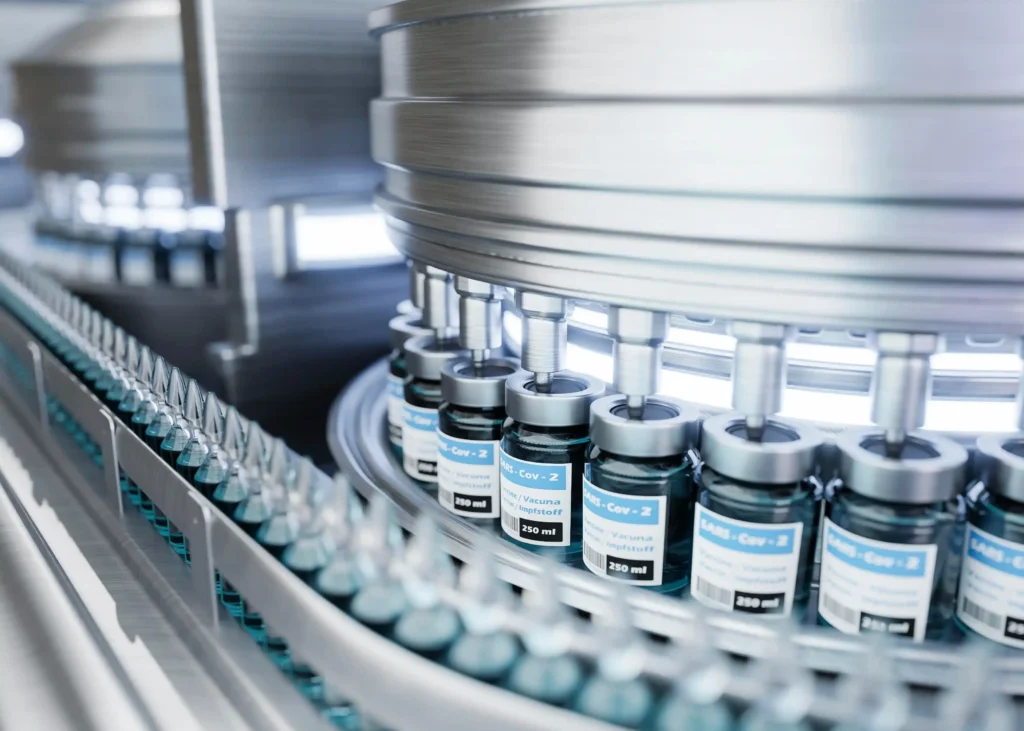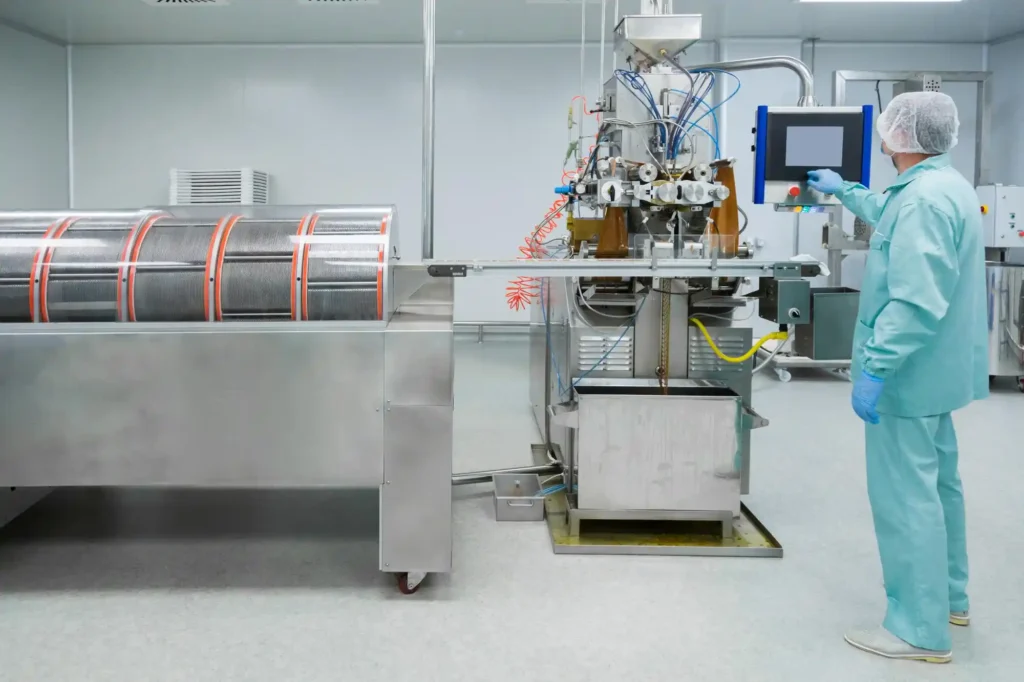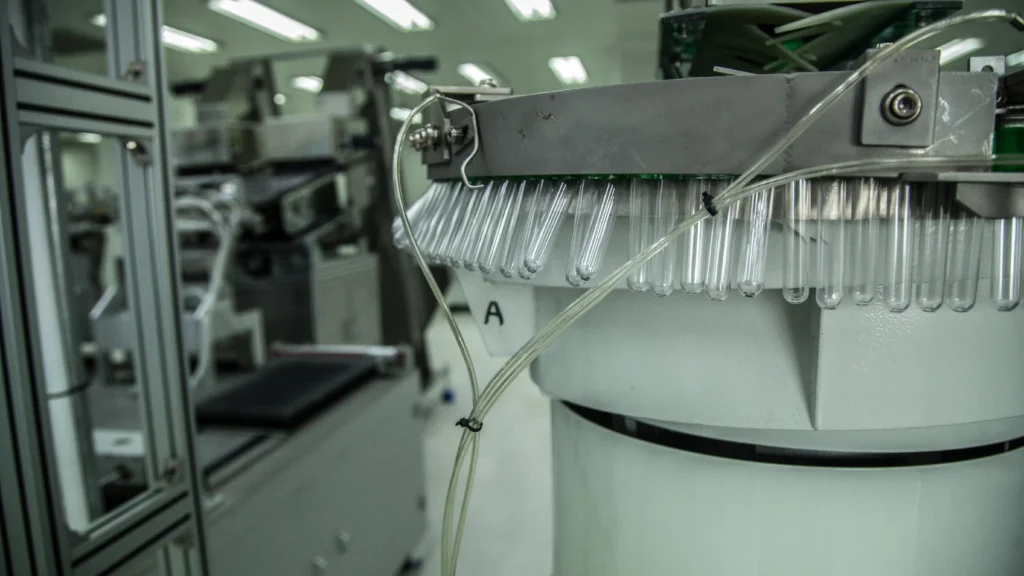Pharmaceutical manufacturing is a fundamental element in ensuring the availability of adequate and safe-quality medicines for the population. There is one challenge that is faced in the industry, and that is compliance with packaging standards. Packaging is not just an outer shell for the product; it is essential to guarantee the quality, safety, and effectiveness of the medicine. Before delving into how pharmaceutical businesses can achieve this, it is vital to understand the world of packaging standards and compliance measures, which, failing to observe, can cost manufacturers a lot or even endanger public health.
Maker’s Row connects pharmaceutical manufacturing companies to packaging suppliers who have sufficient expertise in following the related regulatory requirements. With options ranging from tamper-evident printing to FDA-approved materials, we make sourcing easier for those dealing with regulations. Maker’s Row follows business protocol with its qualified specialists and verified vendors in offering proper business packaging solutions while giving access to packaging resources in an easy and organized manner.
 Credits: Freepik
Credits: Freepik
The Role of Packaging in Pharmaceutical Manufacturing
A package plays many roles in the pharmaceutical production process. It shields medicines from humidity, light, and fluctuating temperature; ensures appropriate dispensing of drugs; and passes on essential information to the consumer. It also ensures that the products are safely packaged to reduce the incidences of contamination and tampering.
The pharmaceutical manufacturing industry has stringent legal requirements, and packaging is not an exception to these. Adherence to these packaging standards guarantees that what is contained in the packet gets to the consumer in the prescribed state. Non-compliance can lead to costly recalls, damage to brand reputation, and even endanger patient lives.
Understanding Packaging Standards
The legal requirements of packaging must be met or exceeded with reference to standards set by the Food and Drug Administration in the United States (FDA), the European Medicines Agency in Europe, and similar organizations in other countries. These standards cover various aspects, including:
- Material Selection: Materials used in packaging must not be toxic when in contact with the pharmaceutical products and, more importantly, be compatible with them. For example, blister packs, glass vials, and plastic bottles are used with reference to the characteristic properties of the drug formulation.
- Labeling Requirements: The packaging should have clear information, such as dosage instructions, expiration dates, and storage conditions, printed on it. Consequently, mislabeling with products is among the most severe compliance failures.
- Child-Resistant Packaging: There are compliance standards that call for child-resistant designs to avoid the kids from taking them by accident.
- Tamper-Evidence Features: Product packages must contain elements that are easily identifiable if the packaging has been opened or not, since this affects the consumption and the product quality.
Global Compliance Challenges
The pharmaceutical manufacturing industry is globally providing employment in many nations, with the production and distribution of medicines happening cross-border. Packaging standards and regulatory compliance requirements vary from one region to another; thus, it is hard to meet all of them at once. For instance, the main regulatory body of the United States, the FDA, is concerned with compliance with GMP, while the regulatory body in the European Union will consider compliance with the Falsified Medicines Directive (FMD).
Meeting these varying standards calls for a proactive and structured approach to maintain compliance without the probability of interrupting the production process or compromising on quality.
 Credits: Freepik
Credits: Freepik
Strategies for Navigating Compliance
1. Stay Updated on Regulations
Government rules and regulations regarding pharmaceutical manufacturing and packaging of products are updating frequently. It is vital to monitor developments that occur in this field so that one can meet the requirements. Some of the possible ways can be to have regular training sessions and to subscribe to relevant informative bodies for updates.
2. Invest in Technology
Automating compliance can be done with the help of technologies. Serialization technology, for instance, enables manufacturers to track and trace products throughout the supply chain. This also reduces the likelihood of labeling errors that come with conformity to value standards, thus promoting the use of advanced labeling systems.
3. Conduct Rigorous Testing
Any packaging material and design should go through tests in order to meet all the requirements as per the law. The test involves the identification of how the selected material interacts with the drug, the stability of the material, and the ability to identify if the product has been tampered with.
4. Collaborate with Experts
Extensive work can be done with the help of packaging experts and legal consultants on compliance. Such specialists always know the international requirements for packaging and can reveal the emerging problems in time.
5. Standardization Across Markets
To ease compliance, it is advisable for the manufacturers in the line of pharmaceuticals to seek to eliminate as much variability with packaged products as possible. Ideally, using global materials and designs will reduce the frequency of having to make changes to fit the specific local markets.
6. Documentation and Audits
Documentation is at the heart of compliance, as per the best practices. Manufacturers are encouraged to keep records that include packaging operations, tests, and compliance assessments. There are also compliance risks that originate internally and that internal audits can discover with time.
The Future of Compliance in Pharmaceutical Manufacturing
The rules of pharmaceutical manufacturing and packaging compliance are fluid and are likely to change over time as technology and regulation progress. Packaging features like QR codes and RFID are already being adopted and incorporated into the manufacture of pharmaceutical products for better tracking and appealing to the customers.
In addition, there has been a rising importance put on conveying the aspect of sustainability into packaging specifications. Both the governments and consumers are demanding green packaging solutions that can be utilized without harming the environment yet offering safety to the consumers. Adherence to these new standardizations will certainly entail innovative and additional spending from the side of the manufacturers in the pharmaceutical industry.
 Credits: Freepik
Credits: Freepik
Maker’s Row and Compliance to Packaging Standards
Maker’s Row makes easy the complicated process of pharmaceutical manufacturing through access to packaging suppliers that are familiar with compliance requirements. The platform consists of verified suppliers that offer child-resistant, tamper-evident, and environmentally friendly packaging that fits the pharmaceutical industry.
Maker’s Row also boasts detailed supplier profiles and clear communication features that confirm manufacturers can find suppliers with the capability of maintaining compliance with regulators such as the FDA and GMP. Whether you are expanding your production line or restructuring your current operations, Maker’s Row’s service lets you easily achieve and maintain compliance while you innovate and bring quality pharmaceuticals to the market.
Conclusion
Pharmaceutical manufacturing is a business with zero tolerance for mistakes, especially in the process of packaging its products. Most of the packaging concerns are not just ideal requirements but are necessities that help safeguard patient lives and remain relevant in the healthcare system.
Based on the understanding of the current packaging compliance standards, innovation in advanced technology, and legal compliance, multinational pharmaceutical manufacturers are able to overcome the challenges of packaging compliance standards. Thus, they not only manage the risk but also strengthen their stated goals regarding quality and safety.
Read more…
-
A Guide To Understanding Shipping Container Prices For Small Businesses
-
Creative Uses for Used Shipping Containers in Product Showrooms
-
How Shipping Containers Are Revolutionizing Retail Logistics
-
Medical Device Manufacturing: Importance of Custom Medical Packaging
-
Shipping Container Manufacturing for Logistics Companies: What to Consider